Highly pathogenic avian influenza, foot-and-mouth disease, swine fever (CSF, formerly known as swine fever), etc. are infectious diseases that seriously damage livestock, but what kind of measures should be taken to prevent them?
This time, I would like to take a closer look at how to deal with each infectious disease.
Even if you have already taken various measures, let's check the measures once again on this occasion.
Avian influenza
The outbreak of avian influenza is thought to be caused by a virus brought into Japan from overseas by migratory birds. As for the route of infection to poultry, wild birds carrying the avian influenza virus in their intestines are said to be infected from bird to bird through contact with poultry such as chickens or via manure.
As you can see, the important point is how to prevent the virus from being brought in from the outside through such an infection route.

Let's take a look at the main countermeasures.
Key Points for Avian Influenza Countermeasures
Countermeasure point (1) Preventing people from bringing in viruses
It is important to thoroughly wash and disinfect not only your hands and fingers when entering and exiting the poultry house, but also your clothes and boots.
In addition, detailed considerations such as using special shoes for each poultry house are required.
Countermeasure point ② Vehicle disinfection
Vehicles entering and exiting the farm are thoroughly disinfected at the entrance and exit, just as people enter and leave the farm.
In vehicle disinfection, it is necessary to thoroughly perform detailed parts such as tire grooves that are often overlooked.
There are several methods of disinfecting vehicles, some use a simple sprayer to disinfect the vehicle by hand, while others pass through a gate called a disinfection gate, which automatically sprays disinfection and evenly disinfects the entire vehicle. There is also
Sanitizing gates are like this.
Also, as a method of disinfecting tires, there are many farms that spray slaked lime at the entrance and exit of the farm and set up a disinfection zone.
Countermeasure point ③ Wildlife countermeasures
If there is damage to the roof or walls, it can be repaired to eliminate gaps, and if necessary, covered with a fine-mesh net to prevent animals from entering from the outdoors, and viruses can be transmitted through animals. Intrusion countermeasures can be taken.
You can expect to prevent intrusion by installing traps and poison baits to prevent rats, and installing bird nets to prevent wild birds.
In addition, it is also an important countermeasure to keep cleanliness in mind on a daily basis, such as cleaning, organizing and tidying up around the poultry house.
Viral infectious diseases are thought to infect poultry in many cases when wild animals such as wild birds and rats bring the virus into the farm.
Countermeasure point ④ Disinfection of poultry house
Wear rubber gloves, hats, masks, goggles, etc. when disinfecting poultry houses.
Before disinfecting, you can fully demonstrate the effect of disinfection by cleaning the inside of the hut to remove garbage, dust, feces, etc.
For disinfection, use a hand sprayer, electric sprayer, spray, watering can, etc. to disinfect every corner of the poultry house. It's easy to forget, but it's important to remember to disinfect not only the inside of the poultry house, but also the doorways and around the coop.
It should be noted here that the disinfection method for the soil surface is different from that for the floor surface.
Due to the nature of the soil, the effectiveness of the disinfectant is significantly reduced, so instead of using a disinfectant, slaked lime is sprinkled thinly to obtain a disinfectant effect due to the strong alkaline action.
Properly disposing of the garbage generated during disinfection can also increase the effectiveness of preventing viral infections. Either throw them away or thoroughly disinfect and wash them.
foot and mouth disease virus
The foot-and-mouth disease virus is said to be highly contagious.
It is very difficult to prevent the spread of infection with the usual measures such as isolating infected animals.

What are the infection routes of such a powerful foot-and-mouth disease virus?
Possible routes of infection include cases where the virus is brought in by humans or straws, etc., cases where it is brought in by infected animals, and cases where humans with the virus come into contact with animals and become infected.
Even if you are infected with foot-and-mouth disease, the symptoms are mild, and there are diseases with similar symptoms, so it is said that there is a high risk that you will be late in noticing the infection.
As a point to distinguish infection, it is said that it is good to distinguish by "drooling", "mouth condition" and "hoof". Infection causes symptoms such as profuse drooling and blisters in the mouth and at the base of the hooves.
Points for measures against foot-and-mouth disease
Preventive measures against the foot-and-mouth disease virus are basically the same as those for avian influenza, centering on disinfection and measures against invasion of wild animals, but let's look at some more in-depth measures here.
Countermeasure point ① Pest control
It is also important to take measures against small pests such as flies.
Install insect killers and insect nets, and use insecticides, repellents, fly paper, etc. to prevent viruses from being brought in by pests.
Countermeasure point 2: Countermeasures against bringing in viruses by pets
Since the virus is thought to be transmitted through animals, it is necessary to pay close attention to infection from pets such as dogs and cats.
It goes without saying that we do not keep pets in the barns, but we also strictly manage pets so that they do not enter the barns.
Countermeasure point (3) Disinfection around livestock barns and the outer edge of the farm
In order to prevent viruses attached to car tires and wild animals from being brought into livestock barns, slaked lime is sprayed on farm premises.
See below for specific distribution ranges.
・Spray slaked lime over 2m wide around the barn.
・Sprinkle slaked lime in a width of 2 m or more on the outer edge of the farm.
・Sprinkle slaked lime on walkways in the farm and places where external vehicles stop
Although the foot-and-mouth disease virus is highly contagious, we would like to thoroughly implement the above preventive measures to protect our precious livestock.
swine fever (CFS) virus
In contrast to the foot-and-mouth disease virus, which is highly infectious but does not have a high fatality rate in infected animals, the swine fever virus is characterized by its high infectivity and high fatality rate.

What are the infection routes of classical swine fever virus?
One is a case in which an animal that has eaten contaminated leftover food is infected with the virus and spreads to livestock through the saliva, runny nose, or feces of the animal, or from an infected animal to livestock through humans or rats. It is said that there are many cases of infection by ticks and transmission by ticks.
Swine fever , like foot-and-mouth disease, has no distinctive symptoms compared to other diseases, so it is difficult to notice that you have been infected with the virus.
Swine fever virus infection should be suspected early if symptoms such as fever, loss of appetite, lethargy, crouching, diarrhea secondary to constipation, and respiratory distress are observed .
Regarding swine fever virus infection control, it is essential to thoroughly disinfect people and vehicles entering and leaving the farm, as well as disinfection of the farm, just like bird flu and foot-and-mouth disease, but here, swine fever virus requires special attention. Here are some countermeasures.
Points for countermeasures against swine fever
Swine fever virus is characterized by being vulnerable to heat and dryness.
Therefore, if there is a possibility that raw meat may be included in the feed, sufficient heat treatment will prevent infection.
Regarding the heating temperature and time, it is recommended to heat at 70 degrees Celsius for 30 minutes or longer, or 80 degrees Celsius for 3 minutes or longer. must be attached.
The swine fever virus has a high infectivity and a high fatality rate, but I would like to understand that it has weaknesses such as being vulnerable to heat and dryness, and I would like to take good countermeasures.
summary
We have summarized infection prevention measures for avian influenza, foot-and-mouth disease, and swine fever , but what all these measures have in common is the disinfection of people and vehicles entering and exiting farms, and the prevention of wild animals from entering.
It is very important to prevent the virus from being brought into the farm from outside the farm.
Currently, there are various items such as the equipment necessary for countermeasures, so let's make good use of them and take thorough virus countermeasures.

 箱罠
箱罠
 くくり罠
くくり罠
 パーツ類
パーツ類
 電気柵
電気柵
 自作キット
自作キット
 防獣グッズ
防獣グッズ
 監視カメラ
監視カメラ

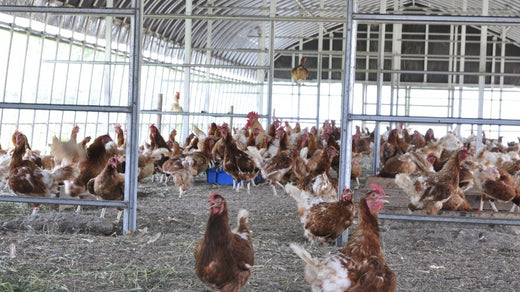
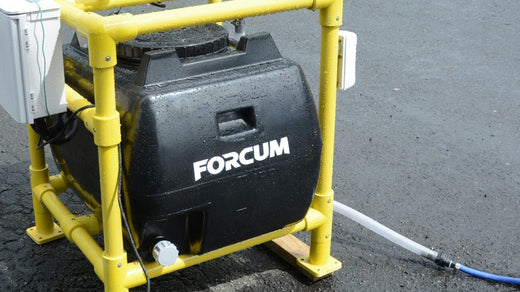
![[Countermeasures against livestock infectious diseases] What are the important disinfection points on the farm?](http://inohoi.jp/cdn/shop/articles/1f2cf24f6bd8d7c9bf9a729f363947ef_520x500_520x500_0ae86229-d72e-4559-b908-f4821e078ad1.jpg?v=1738910742&width=750)

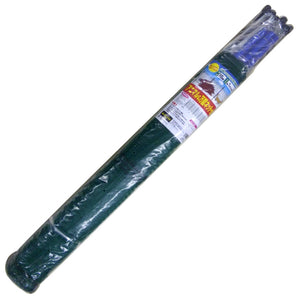
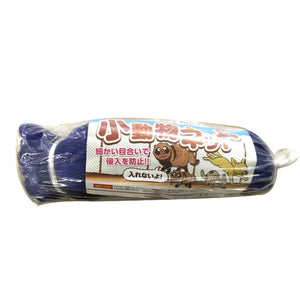

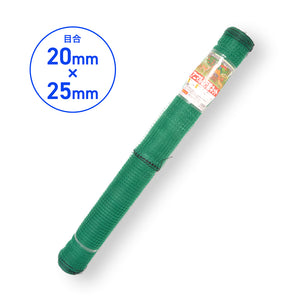
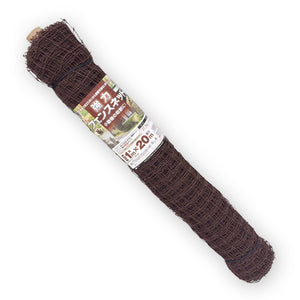

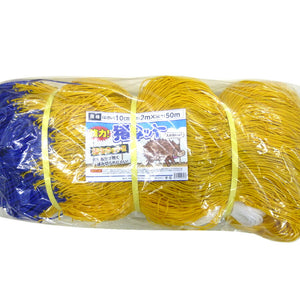
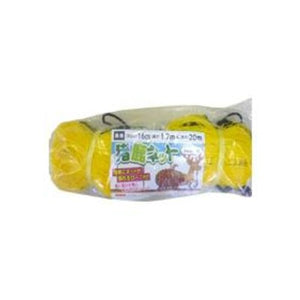
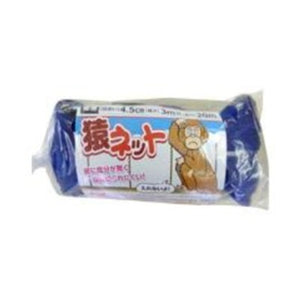
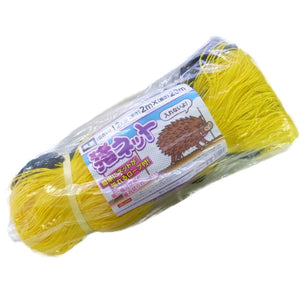
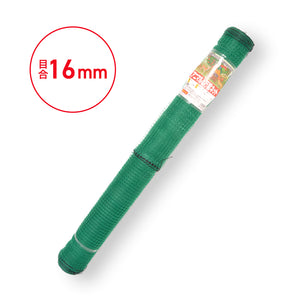
 box trap
box trap
 tying trap
tying trap
 enclosure trap
enclosure trap
 Prevention and avoidance goods
Prevention and avoidance goods
 electric fence
electric fence
 trap surveillance camera
trap surveillance camera
 transportation goods
transportation goods
 Trap detection sensor
Trap detection sensor
 hunting supplies
hunting supplies
 hunting books
hunting books
 Anti-bird goods
Anti-bird goods
 Agricultural materials/machinery
Agricultural materials/machinery
 boar
boar
 deer
deer
 Kyon
Kyon
 monkey
monkey
 raccoon
raccoon
 Badger
Badger
 palm civet
palm civet
 raccoon dog
raccoon dog
 nutria
nutria
 mouse or rat
mouse or rat
 Mole
Mole
 bear
bear
 pigeon
pigeon
 Crow
Crow







